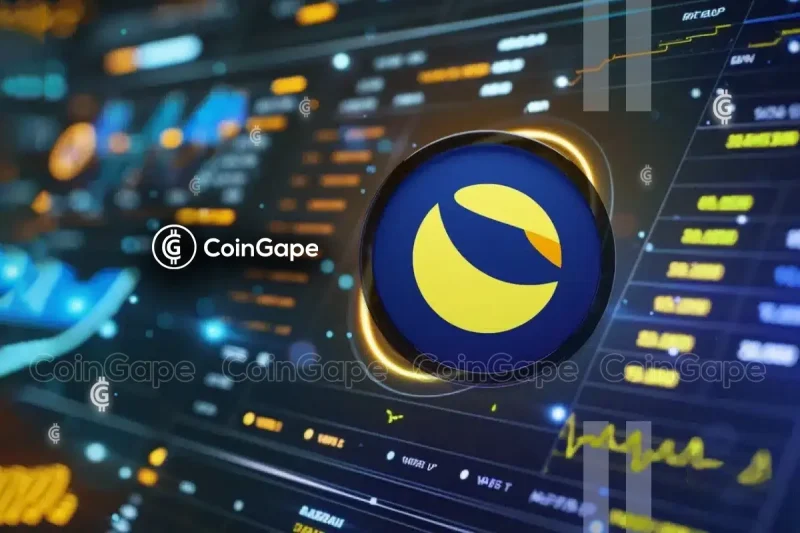
LUNC News: Tax Handling Proposal Passed By Terra Luna Classic Community
The Terra Luna Classic community has approved a new tax handling proposal aimed at simplifying the tax system on the Terra Classic blockchain. This “Reverse Charge” mechanism changes how taxes are deducted in transactions, making it easier for developers and users to navigate the system.
Subsequently, the approval of this proposal comes amid recent token burns and ongoing efforts to support LUNC through various community-driven initiatives.
Tax Handling Proposal Passed By Terra Luna Classic
In a recent announcement, the newly introduced Reverse Charge mechanism will enable the taxes to be directly debited from the transaction amount before it is credited to the recipient’s wallet. This change eliminates the need for senders to pay extra taxes which makes it convenient for the developer and the end user.
In this system, the tax is directly removed from the transferred amount so that there is no need for complicated tax management by developers of dApps and interfaces. The new tax system also supports backward compatibility hence dApps can still use sender-side taxation should they wish to do so.
This is expected to positively impact the existing Terra Classic users, as well as the developers from other ecosystems who struggle with the integration of the current tax logic into their applications.
Eliminating Double Taxation and Reducing Developer Burden
One of the major benefits of the Reverse Charge system is the elimination of double taxation for smart contracts. Under the previous system, contracts were often taxed both when receiving and sending funds, which added complexity and additional costs for developers and users interacting with decentralized applications on Terra Classic.
Now, taxation will only apply when funds are sent out of a contract to a wallet, ensuring a fairer process.
With this new approach, developers are relieved of the need to build custom tax-handling logic, which had been a significant challenge, especially for projects originating from other blockchain ecosystems. The adoption of Reverse Charge makes Terra Classic’s tax structure more user-friendly and lowers the entry barrier for dApp development on the platform.
Recent Token Burns and Community Efforts to Boost LUNC
The new tax proposal comes after previous token burns that were supposed to decrease the total supply of LUNC and in turn boost the asset’s price. In the last burn cycle, Binance burned more than 1.048 billion LUNC, taking the total burned tokens by the community to about 137 billion.
Concurrently, 49,472.28 LUNC were burned in a single transaction on the network recently. These ongoing burn initiatives show that the community is committed to decreasing the supply and increasing the value of LUNC.
Moreover, Terra Luna Classic has gone further to expand their ecosystem whereby they have delegated 30 million LUNC to @VegasMorph which now puts Terra Classic delegation at 990 million LUNC. This delegation is part of wider efforts to defend the validators and other important participants of the network.
In early July, the Terra Classic Foundation also delegated another 30 million LUNC to @hexxagon_io, which operates and manages Galaxy Station and Galaxy Finder.
Shuttle Bridge Closure and Community Optimism
The community’s optimism about LUNC’s future has been further fueled by the closure of the Shuttle Bridge, a key infrastructure component that previously enabled cross-chain transactions. Community member Leonardo, addressed recent questions regarding the shuttle bridge and the anticipated burns.
He stated,
“Today, I was flooded with DMs about the repeg plan/TFL burns. The expected burn didn’t happen, but the good news is the shuttle bridge is now closed. When the bridge burn happens, we’ll adapt.”
With the closure of the Shuttle Bridge, the Terra Classic community now expects an additional burn of LUNC and USTC tokens as part of ongoing efforts to stabilize and support the ecosystem.
The post LUNC News: Tax Handling Proposal Passed By Terra Luna Classic Community appeared first on CoinGape.
